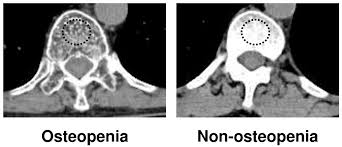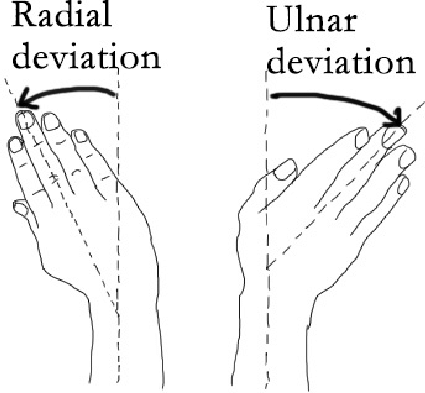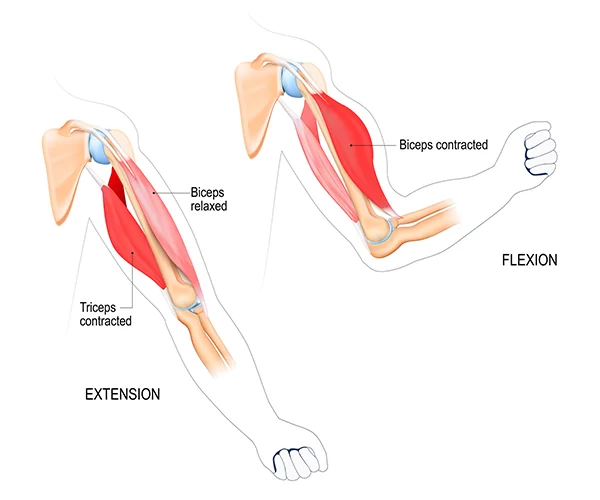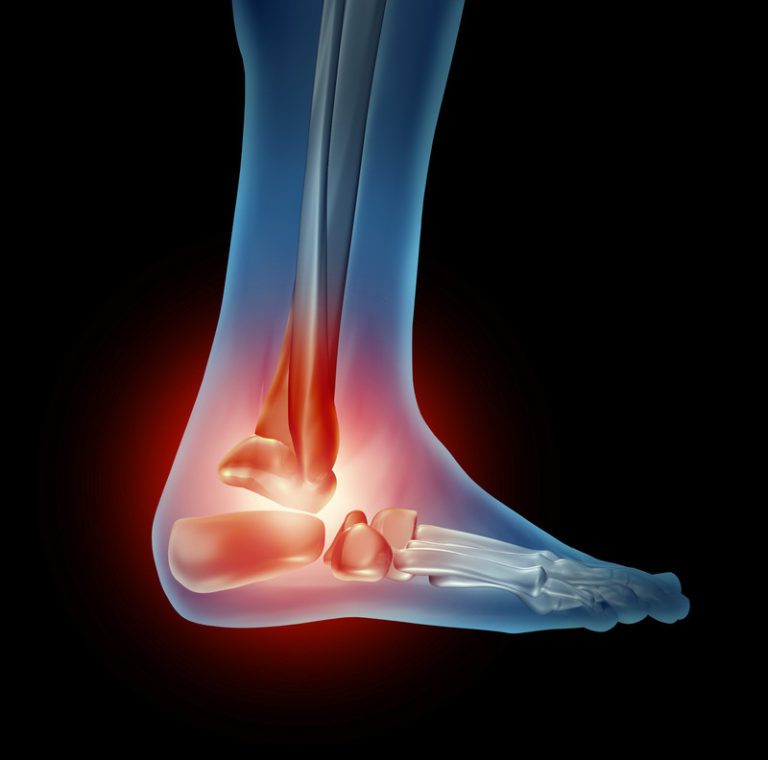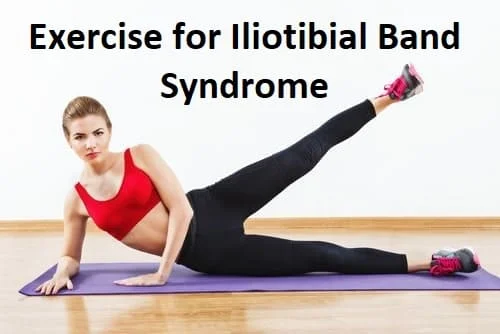Best Exercise for Neck pain
Table of Contents
Introduction
Neck pain is a common issue that affects many people, often due to poor posture, muscle strain, or underlying conditions. Regular exercise can play a crucial role in managing and preventing neck pain, as it helps strengthen the muscles, improve flexibility, and enhance overall neck and spine health.
When it comes to choosing the best exercises for neck pain, it is essential to focus on movements that promote proper alignment, relieve tension, and increase the range of motion. Targeting both the neck and surrounding areas, these exercises aim to reduce discomfort and improve functionality.
The neck contains muscles, tendons, ligaments, and bones. Together, they support the head and allow it to move in several directions. A stiff neck often occurs when one of the muscles is strained or strained. Stiffness can also occur if one or more vertebrae are damaged. A stiff neck can become painful when a person tries to move their neck or head. Colorfastness is usually caused by a minor injury or incident. People can often relieve stiffness at home. But in rare cases, it can be a sign of a serious illness that requires medical attention.
physiotherapy exercise can provide the related to the tightened muscles. and also improve the range of motion which is a restricted cause of any sprain or strain of muscles. This is the goal of exercise first it is to maintain or normal range of motion of the neck joint then increase the strength
of the muscles.
Causes
Muscle tension. Overuse, such as hunching over a computer or smartphone for too many hours, often triggers muscle strains. …
Worn joints. Like other joints in the body, the collar joints tend to wear out with age. …
Compression of nerves. …
Wounds. …
Diseases…
Symptoms
Symptoms of neck pain may include:
Stiff neck. People with neck pain often after sometimes of neck pain they feeling that their necks become “stiff”.Neck pain can sometimes reduce or decrease the range of motion of the neck.
Sharp pain. Neck pain can feel like a sharp or “stabbing” pain localized to one area.
Pain when moving. Neck pain is often aggravated by moving, twisting, or extending the cervical spine on both sides or up and down.
Radiating pain or numbness. Neck pain can radiate to the head, body, shoulders, and arms. If your neck pain is accompanied by a pinched nerve, you may feel numbness, tingling arms or hands.
Neck pain from a pinched nerve can feel like a burning or sharp pain that starts in the neck and moves down the arm. consult with your personal doctor if you are suffering from this symptom.
Headache. Neck pain can also cause a headache called a cervical headache. Neck pain and headache can also be a symptom of a migraine headache.
Recognizing pain. Neck pain may increase when the cervical spine is identified (physical exam).
The Best Exercise for Neck Pain
Neck roll

Stand or sit facing forward. start the neck roll by tilting your neck to the painful side of the neck. You should feel the stretch through the neck roll stretching feeling in the trapezius muscles.
You have to perform neck roll anticlockwise and clockwise.
Pause for five to six secounds when you reach your left shoulder.
Complete the rotation or exercise by back to the original position. this exercise is for maintaining the range of the neck.
Repeat these steps, rolling clockwise.
Repeat this sequence 2–3 times per day with 15-20 repetitions.
Shoulder roll

The shoulder rolls for the neck and the shoulder joint and for the upper.
You have to take standing and sitting positions for this exercise with your shoulders relaxed.
Stand with your shoulders down at your sides and it should be relaxed.
Roll your shoulders backward and front side in a circular motion, completing 5 to 10 rotations. Then complete 10 rotations forward and then 10 rotations backward.
Repeat this sequence 3-5 times per day with 12-15 repetitions.
Side-to-side bends (lateral neck flexion)
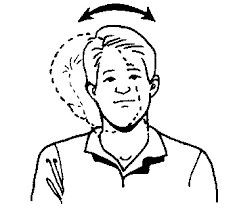
Sometimes Neck pain results from tight muscles around the neck muscles that restricted the normal range of motion of the neck joint. side to side bends provide a gentle stretching exercise to the trapezius muscles of the neck joint to help improve the mobility of your neck by bending your neck to the right and left.
Start with the sitting or standing position then slowly provide the side rotation of your neck point to the right, bringing your right ear toward your right shoulder.
Then Hold for 5 to 10 seconds the position, you have to feel the stretch along the left side of your neck. back to the starting position.
Repeat the stretch on your other side, bringing your left chin toward your left shoulder and holding for 5 to 10 seconds which is necessary. Then, .back to the starting position.
you should Repeat 10-15 times on each side per session.
Trapezius stretching
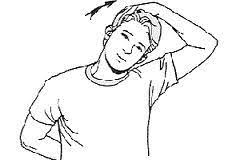
To stretch the trapezius muscle, take a sitting position with good posture, and let the head come down to the shoulder. The hand can be pressed as shown in the picture. You can also hold your chair with your opposite hand. Hold this position for 30-60 seconds, repeat 3 times during the session, and do 3 sets per day, which is essential.
Levator scapulae stretching
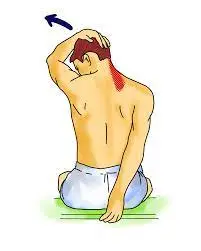
The levator scapula muscle connects your shoulder to your neck. Stretching improves flexibility, which can help relieve tension in the neck. Place your right hand behind your head. Turn your head to the first painful side range should be 45 degrees of your neck. Gently pull your neck in a downward direction to your right armpit or shoulder and feel the stretch on the left side of the muscles of your neck. Hold this position for 30-60 seconds and then back to the original position. Repeat on the other side muscle and then relax. Do 3-5 times on each side during the session three times is the minimum and five times is the maximum.
Side-to-side turns (neck rotation)

This exercise provides a mild stretch to your neck joint exercise is a great way to relax tight muscles, neck muscles that restricted the normal range of motion of the neck joint.neck rotation provide the gentale strech.
start with the turn of your head to the right and look over your shoulder.
Hold this position for 5 to 10 seconds, feeling the stretch along the left side of your neck. Return to neutral.
You can repeat the stretch on the left side of your neck, and feel the stretch along the right side of your neck. back to the starting position.
You should repeat 10-15 times in each session.
Chin tucks (neck retraction)
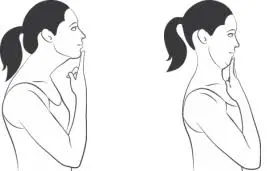
Most people spend much of their time with a forward neck posture because of their lifestyle or work. This posture makes your neck muscle tighten and weaken which helps support your spine. from this Chin tucks exercise realigning your spine and stabilizing your neck.
Start with a sitting position then move your head and chin straight back. now you should be moving your head backward along a horizontal plane and make your neck in alignment with your spine. But don’t let your head and neck bend forward or backward.
Hold this backward position for 5 to 10 seconds, then relax.
you should repeat this exercise 10-15 times with 3 sets per day.
Back Burn
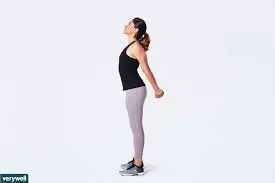
For back burn exercise take the same position as in the chin exercise(sitting or standing), with the back of your head against the wall.
Try to flatten your lower back against the wall.
Place your elbows, forearms, and the backs of your hands and fingers against the wall, with your wrists at shoulder height.
Keeping your arms, hands, head, and fingers in contact with the wall as much as possible, slowly slide your arms up above and slowly back down.
Repeat should be 10-15 times in one session, performed three sets per day.
Prone cobra
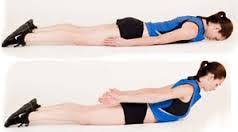
Prone cobra exercise is a progressive exercise(strengthening) exercise that provides strengthing of the muscles of the shoulder girdle, neck, and upper back. This exercise is performed lying on the floor and gravity is used as resistance in the strengthening process. The bending cobra exercise also improves neck posture. Lie face down, and wrap your forehead on a towel for comfort. Place your arms at your sides, palms down on the floor. while this exercise put your tongue on the bottom of your mouth (this method helps stabilize the muscles in the front of the neck to strengthen them).
Squeeze your shoulders together and lift your arms off the floor. Turn your elbows in, palms out, and thumbs up. Gently lift your forehead about an inch off the towel, keeping your eyes straight on the floor (don’t tilt your head back and look forward). If you feel comfortable then hold the position for 5 to 10 seconds. Do 5 to 10 repetitions per session and do 3 sets per day.
Other ways to treat or prevent the neck pain
Poor posture is a common cause of neck muscle stress or strain. This can aggravate an existing injury and increase the likelihood of a new injury.
Prolonged use of a computer or phone can lead to a forward head position where the head pushes forward from the spine.
This can trigger symptoms such as a dull ache in the back or sides of the neck, which can spread to the upper back, shoulders, and head. If a person corrects their posture, they can reduce neck, back, and shoulder pain. When sitting, a person should try to keep the head in line with the spine and avoid slouching.
This can help adjust the screen to eye level when using the computer. When standing, you need to keep your shoulders, neck, and back in line to achieve proper posture.
They should avoid leaning their head forward.
Sleeping on your stomach can also cause neck problems. A person can try sleeping on his back or on one side of a pillow between his knees. They may also use a firm pillow to keep the neck in line with the spine.
There are some gym exercises you should avoid during neck pain
Barbell Shrugs- Most people with neck discomfort due to regular poor posture(position) have tightness of upper trapezius muscles (traps). The barbell shrugs exercise the major role of the trapezius muscles(trap work as the major role). majority of people use bad posture while this exercise so this aggravated neck pain. so it is best to avoid shrugs if you are suffering from the worst neck pain.
Smith Machine Shoulder Press- physiotherapists can agree that anyone with back issues and worst neck pain issues should stay away from Smith Machine movements while using this machine you should take care or avoid one plane of movement of the shoulder complex joint and do all the movement of the shoulder joint. during the upper back issue and neck pain, the issue is already tightening of these muscles, and irritating it will likely lead to a more serious injury.
Stomach Crunches -slight head flexion with Hands Behind the Head stomach crunches placed your both hand on the back of your head(on the occiput) you can start with the exercise flexes which developed the pressure or tension under the spine which is a major mechanism for a disc herniation. The position of the exercise also increases or developed the tension or pressure on already affected neck and shoulder muscles.
Other ways to relieve neck pain include:
applying hot or cold packs
taking anti-inflammatory drugs
using a support such as a neck brace
rest to avoid overexertion
A Note from the Samrpan Physiotherapy clinic for this condition:
At the beginning of the neck pain first, you should consult with the doctor and check your investigation such as X-rays. Secondly, you should directly consult with physiotherapy. It is a great way to treat neck pain physiotherapy treatment includes machine therapy, heat therapy, massage therapy, and more focus on the exercise.
Machine therapy such as a transcutaneous nerve stimulation machine provides pain relief to your neck muscles. heat therapy also reduces neck pain, and massage and stretching provide relaxation to your muscles such as the trapezius muscles and the sternocleidomastoid muscle. and all types of neck exercises which include neck movement increase or regain the normal range of your neck. after that strengthening exercises provide strength or increse the strength of your neck muscle.
Performed regular 10- 15 exercises of the neck joint to maintain the normal flexibility of your neck muscle.
FAQs
What are the worst or bad exercises for neck pain?
Toe Touches. Bending to touch your toes is not always problematic, but 90-degree angles can sometimes aggravate lower back pain. …
Sit-ups. …
Lifting heavy weights. …
High-impact exercises. …
Stretching. …
Planks. …
Low-impact exercises and activities.
Common causes of neck pain include:
poor posture (poor posture provides stress around your neck muscle such as the trapezius muscle and the position of your body while standing or sitting)
sleeping in an awkward position.
tension in your muscles.
injury such as damage to the muscle(strain or whiplash).
prolonged sitting position while the use of a desktop or laptop computer.
a slipped spinal disc (herniated disc)
The American Heart Association stresses the importance of regular exercise to decrease the risk of heart and lung disease, improve sleep, decrease stress, and maintain a healthy weight. walking is low impact activity that maintains all body muscles including neck pain.
For pain relief, you can take medicine and ointment which contain diclofenac, self-care measures that might relieve neck pain include: heat therapy and cold therapy Alternate heat and cold. the benefit of cold therapy is it reduces inflammation, cold method such as an ice pack or ice wrapped in a towel, for up to 15-30 minutes several times a day during the first 48 hours. After that, use heat.
12 natural ways to relieve pain
Lavender.
Rosemary.
Peppermint.
Eucalyptus.
Cloves.
Capsaicin.
Ginger.
Feverfew.
Strengthening exercise you can do with the help of a strengthening band or with the help of a physiotherapist. One of the most effective strengthening exercises is the chin tuck exercise. This exercise helps strengthen the neck muscles. you can do the neck movement with the help of the theraband give resistance against the neck movement and increse the strength of the neck muscles.
Regular neck stretches and exercises are prescribed to improve the posture of the neck and decrease the risk of neck pain this condition becoming worse for those people who work continuously 4-6 hour work on the desk which make your head forward head posture. everyday neck stretching and neck exercises maintain the range of neck and flexibility of neck muscles such as the trapezius and the sternocleidomastoid muscles.


